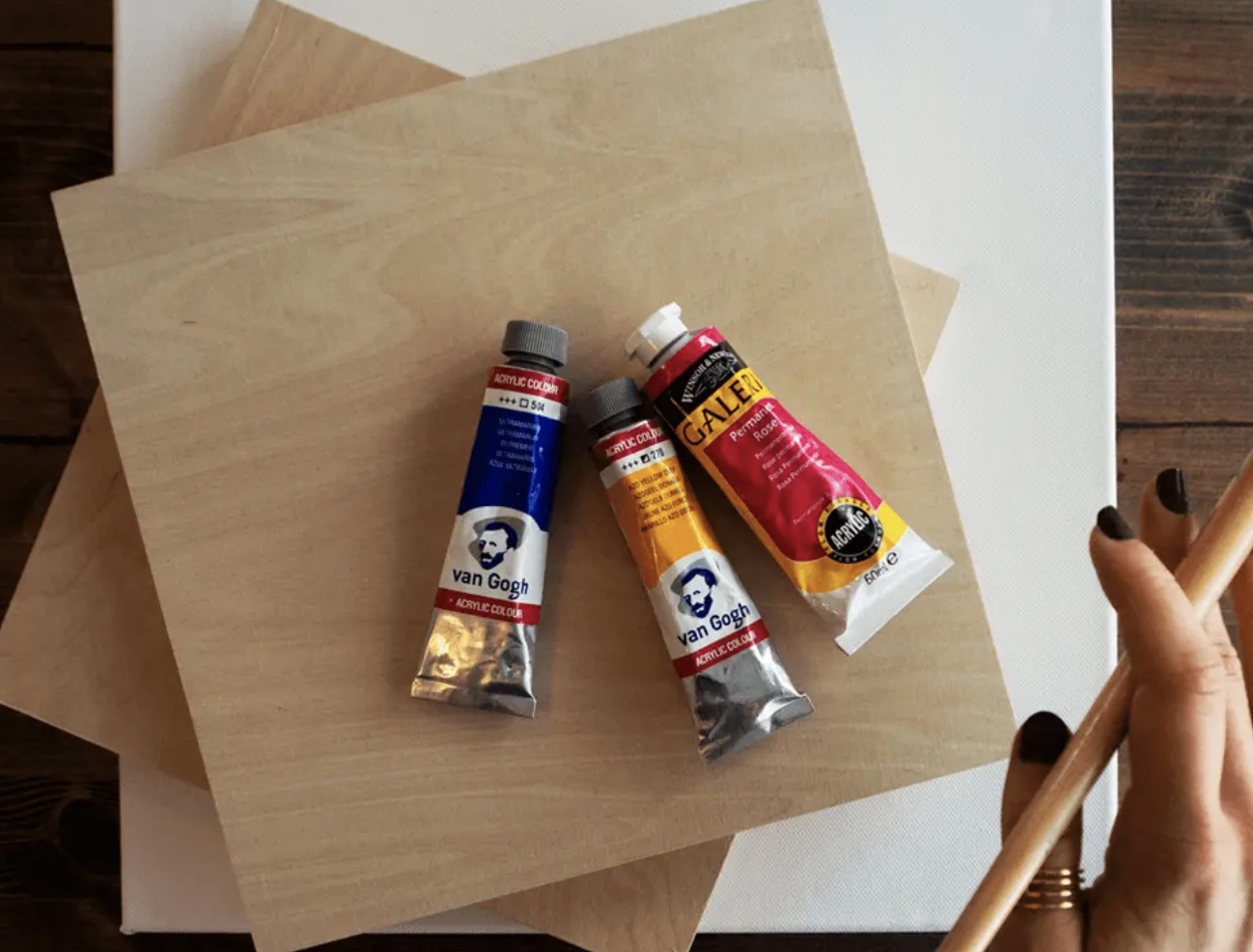When it comes to do-it-yourself, preparation is important, and painting isn’t any different. Taking the time to properly prep surfaces using the proper decorating tools before painting them will not only save you time and money in the long run, but it will also guarantee that you get a smooth, defect-free finish. An example of this would be to use the correct paint brushes. Prepare the walls for painting using these steps.
Because walls and ceilings are the most frequent surfaces to paint in a home, it’s important to know how to prepare the surface correctly.
- Make sure you have a clean and clear working area before beginning. Remove any mirrors, frames, fixtures, fittings, or anything else that will get in the way of the surface you’re painting.
- Finally, using a paint scraper, remove any loose paint, plaster, or paper bits from the wall to ensure that it is clean.
- Examine the surface for any holes or cracks that need to be repaired. If you don’t, you’ll get larger ones and cracks in the final product, which will appear messy. To begin, clean the fissures with sugar soap to ensure they’re free of dirt and debris. The filler may not adhere properly to the wall if dust is present.
- Finally, insert a flexible filler knife into the wall to fill the hole. To ensure that it is as smooth as possible, spread it out. Ideally, distribute the substance in many directions before applying it and then use a single downward stroke to remove any excesses. After that, wait for this solution to dry completely.
- Use sanding pads to smooth out the filler so that it is entirely flush with the wall surface. While doing this, use a mask and eye protection.
- After cleaning the wall, take a new and clean sanding pad and lightly sand it to make sure there are no bumps or flaking paint. Sanding the surface not only results in a smoother painting surface, but it also creates a textured canvas that is more receptive to paint.
- Wipe off any excess dust with a cloth, then use a sugar soap solution to clean the wall and warm water to remove any traces of the sugar. Over time, grease, dirt, and fingerprints may build up on walls, so they must be thoroughly cleaned. Allow the wall to dry fully once it has been cleaned and is completely smooth.
- Next, cover any parts of the wall you don’t want to get paint on, such as windows, coving, and trim with high-quality masking tape. Make sure you push the tape down firmly against the edges to ensure they are straight. After you’ve finished painting, remove the masking tape at a 45° angle before it has completely dried.
- Finally, an undercoat or primer is applied to the wall in order to prepare it for painting. As a result, your paint’s overall coverage will improve.






